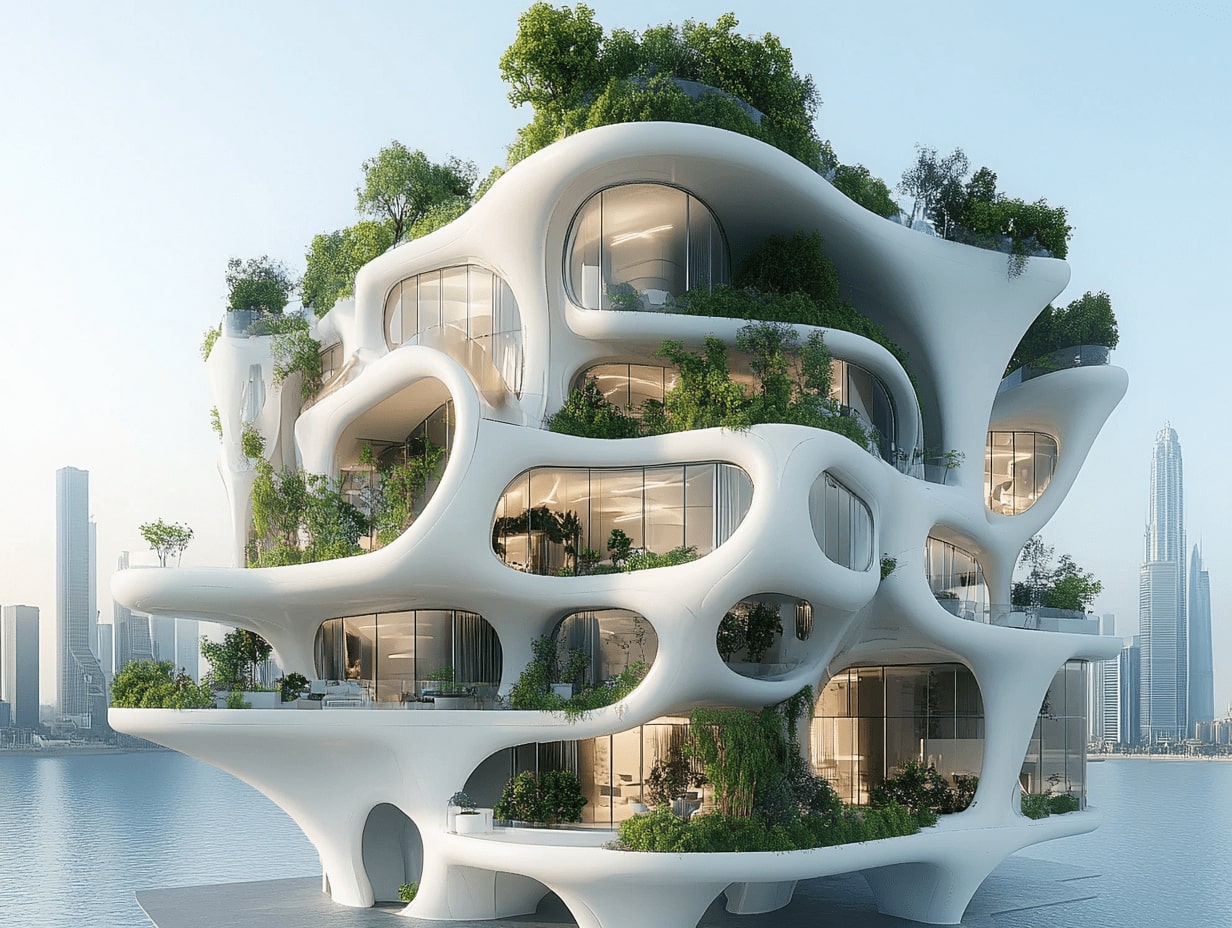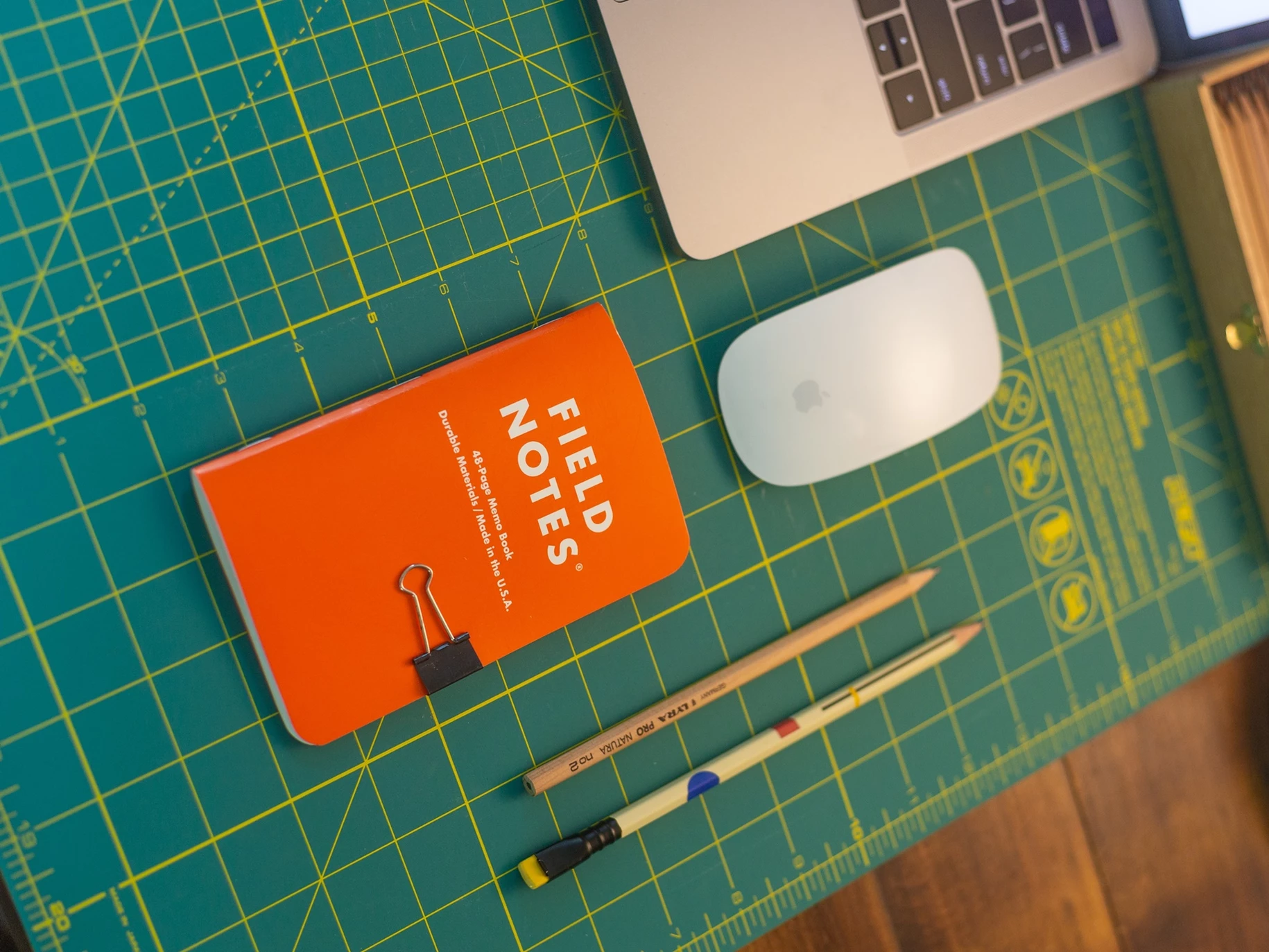In the ever-evolving world of architecture, staying ahead of the curve is crucial. As we embrace the digital age, innovative AI tools are transforming how we approach architectural presentations. These cutting-edge technologies not only streamline our workflows but also enhance the way we communicate complex designs to clients and stakeholders.
Imagine creating stunning, lifelike visualizations with just a few clicks. AI tools are making this a reality, allowing us to bring our architectural visions to life with unparalleled precision and creativity. By leveraging machine learning algorithms, we can now generate immersive 3D models, optimize design elements, and even predict potential challenges before they arise.
As we delve into the realm of AI-driven architectural presentations, it’s clear that these tools are revolutionizing our industry. They’re not just enhancing our creativity but also empowering us to deliver more compelling and efficient presentations, ultimately shaping the future of architecture.

Understanding the Role of AI in Architecture
AI transforms architectural processes by automating repetitive tasks and enhancing design accuracy. We see significant benefits in concept visualization and model generation. AI tools generate complex structures with precision, improving efficiency. Machine learning algorithms predict structural challenges, optimizing design outcomes. Visualization software integrates AI to produce lifelike renderings, which aids clients in understanding design intents. By analyzing large datasets, AI identifies patterns and suggests design improvements. This data-driven approach fosters informed decision-making and elevates design quality. As a result, AI enables architects to deliver innovative solutions quickly and effectively.
Key Features of AI Tools for Presentations
AI tools for architectural presentations offer numerous features that enhance design communication and presentation effectiveness. We explore these features to understand their impact on modern architecture.
Enhanced Visualization Capabilities
Visualization capabilities are crucial in architectural presentations. AI tools create realistic renderings and immersive 3D models, enabling architects to present designs that closely resemble the final structure. Our use of machine learning algorithms generates lifelike animations and dynamic environments. For example, lighting simulations help clients visualize spaces at different times of day, improving spatial understanding.
Automation and Efficiency
Automation in AI tools streamlines repetitive tasks in the design process. Architects benefit from tools that automatically generate design alternatives and optimizations. This efficiency reduces manual input, allowing us to focus on creativity and innovation. Additionally, automated error detection minimizes design flaws, leading to more precise outcomes. For instance, software that identifies structural weaknesses before construction saves time and resources.
Real-Time Collaboration
Collaboration is vital in architectural projects. AI tools facilitate seamless communication among project stakeholders through integrated platforms. Our teams use shared cloud-based models to simultaneously edit and review designs. This real-time interaction accelerates decision-making and improves project accuracy. Collaborative features like instant feedback loops ensure all parties are aligned with the design vision, ensuring a cohesive output.

Top Innovative AI Tools for Architectural Presentations
Advancements in AI technology have introduced powerful tools that revolutionize architectural presentations. Let’s explore leading AI tools that enhance design visualization and streamline workflow.
Tool 1: Morpholio Board
Morpholio Board integrates AI to create engaging presentation boards tailored for architects. This tool analyzes design elements to suggest optimal layouts and color schemes, improving visual consistency. It enables architects to efficiently compile project boards, incorporating CAD drawings, mood boards, and product specifications into cohesive visuals.
Tool 2: MidJourney / DALL-E
MidJourney and DALL-E leverage deep learning to generate realistic design images. These tools transform simple text descriptions into detailed architectural visuals. They provide architects with the ability to explore multiple design possibilities rapidly, aiding in early-stage concept development and client presentations.
Tool 3: Spacemaker by Autodesk
Spacemaker by Autodesk offers AI-driven site analysis and design generation capabilities. This tool analyzes site conditions, considering factors like sunlight, wind, and noise to optimize building placement and orientation. It suggests design improvements, maximizing space utilization and ensuring sustainable development practices.
Tool 4: DeepDream by Google
DeepDream by Google enhances architectural creativity by using algorithmic processes to accentuate and transform visual images. Architects can apply this tool to explore stylized interpretations of designs, offering unique perspectives that captivate clients and enrich presentations with artistic elements.

Integration of AI Tools in Architectural Practices
AI tools are reshaping architectural practices by enhancing efficiency and creativity. Integrating these technologies offers new ways to design and present architectural concepts.
Overcoming Challenges
While AI offers numerous benefits, challenges exist in integrating it into architectural practices. There’s often resistance due to the perceived complexity of AI systems. We can mitigate this by providing training sessions tailored to architects’ specific needs, making the transition smoother. Compatibility with existing software is another issue. By opting for AI tools designed with open APIs, we ensure seamless integration and data exchange. Additionally, concerns about data privacy can arise; using AI tools that comply with robust data protection standards addresses this issue effectively.
Best Practices for Implementation
Implementing AI in architecture requires thoughtful approaches. First, we assess specific needs to select AI tools that align with our objectives. Starting with pilot projects enables us to test functionalities before a broader rollout. Collaboration between tech specialists and architects ensures a shared understanding and better customization of AI solutions. Continual evaluation and feedback loops help us refine processes and improve the results over time, maximizing the benefits of AI integration in architecture.

Future Trends in AI and Architecture
AI continues to evolve, reshaping architectural presentations by introducing innovative tools and practices. As we look ahead, several key trends are poised to influence the future of architecture through AI advancements.
Generative Design Proliferation
Generative design emerges as a pivotal trend, using algorithms to explore numerous design possibilities rapidly. Architects input constraints, like spatial requirements and material specifications, and the system generates multiple design options. This approach enhances creativity and efficiency.
Enhanced Virtual Reality (VR) Applications
AI-powered VR offers immersive experiences, allowing stakeholders to explore spaces before construction begins. Future advancements in AI could refine these virtual environments further, enabling architects to present hyper-realistic simulations that closely mimic real-world settings.
Predictive Analytics for Sustainable Design
Sustainability becomes increasingly vital, and AI helps by analyzing environmental data to predict how designs affect energy consumption. These insights guide architects in creating eco-friendly structures, aligning with global sustainability goals.
AI-Driven Collaboration Platforms
Collaboration platforms integrate AI to enhance teamwork across various disciplines. These tools streamline communication among architects, engineers, and clients, fostering more cohesive project outcomes. Enhanced collaboration leads to faster decision-making and reduced time to market.
Integration with IoT for Smart Buildings
AI and the Internet of Things (IoT) collaborate to revolutionize smart buildings. By connecting architectural designs with real-time sensor data, architects create responsive environments that adapt to occupant needs and improve operational efficiency.
These emerging trends point to a future where AI tools not only optimize architectural presentations but also redefine the way architects conceptualize, design, and execute projects.
Conclusion
Innovative AI tools are undoubtedly transforming modern architectural presentations. Our exploration of these technologies reveals their ability to streamline workflows, enhance design accuracy, and facilitate real-time collaboration. By integrating advanced machine learning algorithms, architects can produce lifelike visualizations and immersive 3D models, offering clients a clearer understanding of design intentions. Tools like Morpholio Board, MidJourney, DALL-E, and Spacemaker enrich the architectural process by optimizing design and site analysis.
However, integrating AI into architectural practices presents challenges related to complexity, compatibility, and privacy. To address these, we recommend tailored training, piloting projects, and selecting AI tools with open APIs. Trends such as generative design and enhanced VR applications promise to further redefine our industry. As AI continues evolving, it shapes not only presentations but also the future of architecture itself.






